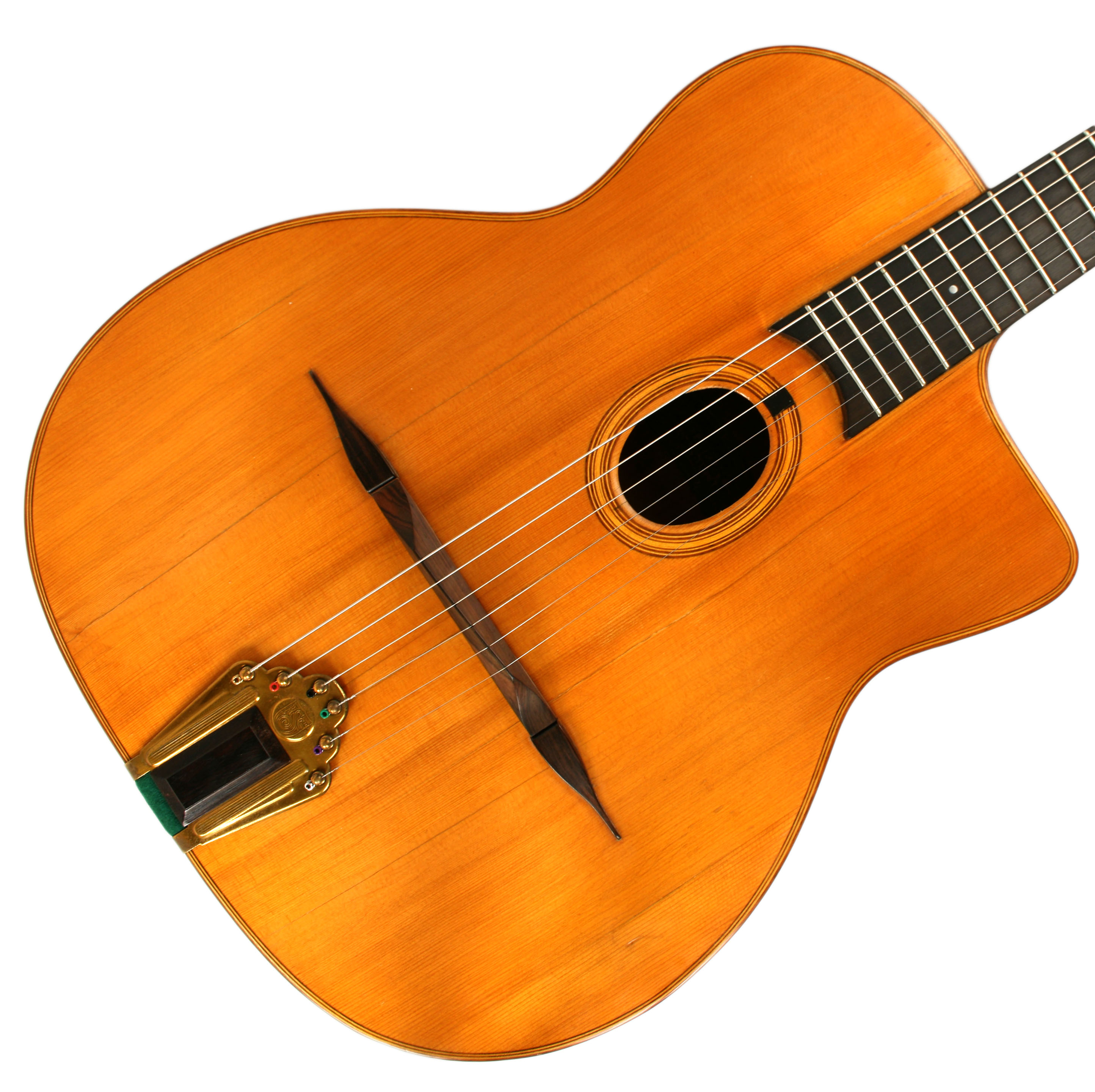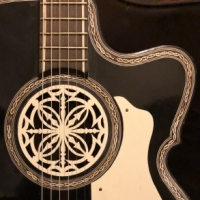DjangoBooks.com
Welcome to our Community!
Categories
- 20K All Categories
- 1.1K General
- 476 Welcome
- 59 Archtop Eddy's Corner
- 146 CD, DVD, and Concert Reviews
- 384 FAQ
- 26 Gypsy Jazz Italia
- 26 Photos
- 202 Gypsy Picking
- 21 Unaccompanied Django
- 15 Pearl Django Play-Along Vol.1
- 17 Gypsy Fire
- 45 Gypsy Rhythm
- 1.4K Gypsy Jazz University - Get Educated
- 130 Gypsy Jazz 101
- 224 Repertoire
- 218 History
- 707 Technique
- 51 Licks and Patterns
- 6 Daniel Givone Manouche Guitare Method Users Group
- 20 Eddie Lang Club
- 1.3K Gypsy Jazz Gear
- 800 Guitars, Strings, Picks, Amps, Pickups and Other Accessories
- 457 Classifieds
- 49 Recording
- 62 Other Instruments
- 18 Violin
- 5 Mandolin
- 22 Accordion
- 7 Bass
- 10 Woodwinds
- 346 Gypsy Jazz Events
- 142 North America
- 109 Europe
- 95 International
In this Discussion
Who's Online (0)
1949 Selmer Petite Bouche #763 | Blog
 DjangoBooks
Seattle✭✭✭ All of them!
DjangoBooks
Seattle✭✭✭ All of them!
 1949 Selmer Petite Bouche #763 | Blog
1949 Selmer Petite Bouche #763 | Blog










Comments
Your search for the perfect guitar ends here!
Oh baby. Looks amazing!
It appears to be in outstanding condition for a Selmer
More pics here https://gypsyguitars.com/inventory/instruments/346
Great to see this. The cracks in the top got me wondering - I grew up playing classical guitar, and my teacher would always say "don't buy a guitar with a cracked top, or even a repaired cracked top - it will never sound as good as it was". He showed me a few examples.
Why should a gypsy jazz guitar be any different? Quite often you see vintage gypsy guitars for sale with a description like 'two top cracks that have been cleated and are stable'. I'm sure all cracks are different, and the positioning of them is probably crucial. I have a guitar with two fine cracks either side of the fingerboard, and I assume they have no bearing on the sound.
Three thoughts on cracks: 1) How did the teacher establish the sound that a cracked guitar had before the crack? Hard to make an assertion without that evidence. 2) I suspect that there are multiple examples of old classical guitars with repaired cracks that nevertheless sound fine. Google will probably locate any number of videos of restored century-plus old instruments with goncert-grade voices. 3) Securing and cleating top cracks is a standard repair job, and I've never heard from any of the luthiers or restorers I've encountered (and I've talked to plenty over the last half-century) suggest that that operation changed, let alone damaged the voice of an instrument.
@Jangle_jamie repaired top cracks are par for the course when dealing with vintage instruments. You're not going to find too many instruments of this vintage without at least one crack so simply avoiding them largely denies you access to some of the best sounding instruments ever made.
As @Russell Letson points out, not sure how your teacher could have come to this conclusion as to really prove a theory like that you'd need multiple examples of the same instrument from the same era, some with cracks and some without. Even then, there are probably too many variables to conclusively prove such a statement.
In the vintage guitar biz, most don't consider cracks to be detrimental to sonic performance in any real way. As long as they've been repaired it's not a problem. Crack free instruments are more of a priority for collectors who prioritize pristine condition above all else. Anecdotally, of the 1000s of guitars that have come through Djangobooks over the years, and the dozens I've personally owned, the vast majority of the ones with the really mind blowing tone/projection have had top cracks, often many. One of the best guitars I ever owned was this
It had many top cracks and seams but was just off the charts sonically.
it's also worth mentioning that every guitar has at least one top "crack," it's called the center seam 😁. Many vintage Selmers, Busatos, etc have 4 or 6 piece tops which results in three or more top seams. If having once piece of solid timber for a top mattered so much all guitars would have one piece tops which is definitely not the case.
Excellent replies, many thanks!!
That's all very interesting, and makes me feel a lot more comfortable about buying a guitar with some issues to the top.
One way to prevent cracks is to make your top and your braces crazy thick. That's what production acoustics do, the priority isn't necessarily sound but that the guitar will survive from a factory in high humidity Asia to live in New England where it's insanely dry in the winter and humid in the summer.
There are some people who build pretty thick and their instruments sound good, but in general a somewhat or significantly thinner top (at least: not thick) is going to sound a lot better and be more responsive.
Long story short: if you want a guitar that sounds good, it's not impossible you're going to have some top (or back, or side) cracks.
I think the thing your teacher said is definitely not true.
But you want the cracks repaired well.